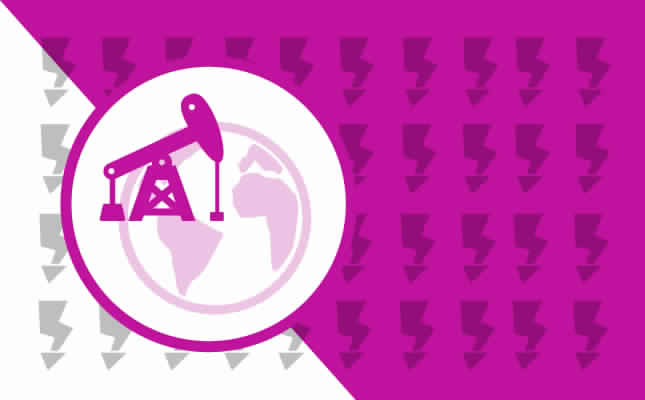
Top risk for oil and gas industry
Easily-recoverable oil reserves are a thing of the past, and oil and gas companies have little choice but to turn to unconventional sources of fuel such as shale oil and ‘fracked’ gas; and to look in places where a few decades ago oilmen would never have contemplated.
The majors are now drilling for oil at incredible depths and in extremely difficult physical environments such as the Arctic, hoping to make the next big find, making use of the latest advances in engineering and no little cunning. But the search for hidden treasure comes with a litany of risks.
In April 2010, an explosion on the deep water drilling rig Deepwater Horizon precipitated the largest oil spill in the history of the industry at the Macondo field, just off the U.S. Gulf Coast. The ensuing oil spill was the largest in history, and led many countries to tighten regulation on deep water drilling.
Memories of the Macondo spill still loom large over C-Suite executives. When we polled top executives from across the energy sector earlier this year on the risks they see defining the coming decade, business leaders from the oil and gas industry overwhelmingly pointed in the direction of operating in difficult physical environments.
In time, the Macondo spill will likely come to be seen as an unfortunate accident and an important learning experience for the industry. And, in fact, the main reason why there isn’t more deep-water drilling happening right now is not risk-averseness but the economic barrier that comes with lower oil prices. The cost of drilling and building permanent infrastructure at huge depths, and the cost of transporting hydrocarbons from remote locations, means that a sub-$50 barrel of oil makes deep water projects difficult to justify, especially given the current regulatory environment in many countries.
With a higher oil price, deep water drilling is likely to become more attractive, even in incredibly difficult environments such as the Arctic. In doing so, they are going to have to be incredibly careful, especially given that many oil majors often self-insure a proportion of their projects. That means the focus will be on risk mitigation, as well as risk transfer.
There is good reason to be optimistic about the future of deep-water drilling and exploration, in places like the Arctic. The industry has learned from Macondo with some firms even deploying two rigs at a time in tricky deep water plays.
Oil and gas firms are also incredibly innovative. The industry’s ability to overcome problems and work in new environments never ceases to amaze. A decade ago, deep-water drilling meant working in 1,000 meters of water. Today, it means drilling subsurfaces at a depth of 3,000 meters. In another decade, that’s likely to be commonplace.












